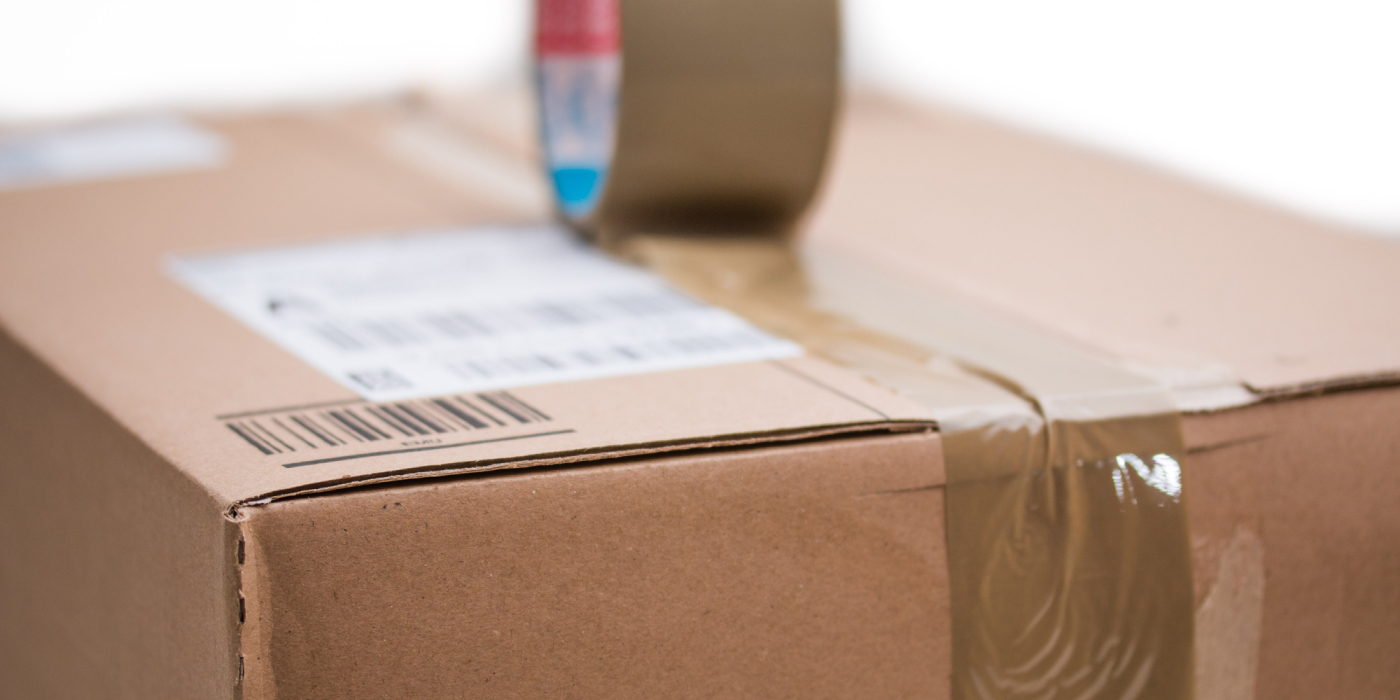How Retailers Can Improve Their Reverse Logistics Processes
Reverse logistics, or the process of handling product returns, is an integral component of the retail supply chain that is often overlooked. As eCommerce continues to grow, so does the rate of customer returns. Nearly 40% of consumers return an online purchase monthly, according to a recent Narvar survey. On average, customer returns cost companies between $25 and $30 per return due to shipping, customer support calls, product damage and other expenses, the report found.
As a result, managing reverse logistics efficiently has become a priority for retailers. Whether it’s due to product defects, buyer’s remorse, or incorrect deliveries, simplifying returns processes is vital to maintaining profitability and improving customer satisfaction. Enhancing reverse logistics operations can lead to better customer experiences, reduced costs, and attract shoppers as 82% of customers said that when shopping online, return policies influence whether they decide to purchase from a retailer, according to ICSC’s Consumer Returns Survey.
Here’s a look at how retailers can improve their reverse logistics processes to streamline their operations and meet customer expectations.
Improve Return Channels
Providing a seamless and convenient return experience not only enhances customer satisfaction but also encourages repeat business. Retailers can enhance this experience by offering customers the flexibility to return items through multiple channels, including in-store returns for online purchases, mail-in returns, or third-party drop-off locations. A multi-channel approach ensures that customers can choose the return method that works best for them.
Retailers see in-store returns as a growing opportunity and are expanding their returns offerings. Sixty-one percent of retailers see accepting returns of online orders as a high value opportunity to upsell or cross-sell additional merchandise, while 51% see accepting online returns in store as a high value opportunity to build loyalty, according to a survey from Jumpmind and RSR Research. Kohl’s is accepting online returns from a growing number of retailers and brands in its stores. The retailer is partnering with Inmar Post-Purchase Solutions and Narvar to introduce The Return Drop @ Kohl’s, an in-store offering expanding on its existing service that allows shoppers to make packageless and label-free returns at its more than 1,100 store locations.

Automate Where Possible
Automating returns processes like tracking return shipments and processing refunds can reduce the time and effort required to manage returns. Automated sorting systems in warehouses can help retailers quickly identify and route returned items for refurbishment, resale, or recycling, reduce manual errors, and speed up the processing of returns. Implementing chatbots or AI-powered customer service tools that can assist customers with initiating returns or troubleshooting issues can save time for both the customer and the retailer.
Inventory management software can improve visibility across the reverse logistics process. Data analytics tools enable retailers to analyze return patterns and customer feedback, helping to improve product quality and reduce the volume of returns. New partnerships are providing customers with more opportunities to automate and streamline the returns process. Returns technology providers Loop and ReBound are joining forces, letting retailers using the Loop platform access ReBound’s omnichannel returns management services. The integration allows Loop users to use ReBound’s global logistics offering, which includes return shipments, advanced local processing and consolidation.
Optimize Transportation
Transportation costs are one of the biggest challenges in reverse logistics. To reduce costs, retailers can optimize their return shipping routes and partner with logistics providers that specialize in reverse logistics. Offering localized drop-off points or utilizing regional distribution centers can reduce the distance products need to travel, improving both speed and cost-efficiency.
Logistics management solutions can help retailers optimize routing and scheduling, track returns in real-time, and reduce transportation costs. Advanced route optimization provides drivers with the most efficient transportation routes, minimizing driving time and fuel consumption. Partnering with third-party logistics providers can be an efficient way to handle reverse logistics. 3PL providers have the infrastructure, expertise, and technology to manage returns effectively, which can reduce the burden on retailers.
Retailers that prioritize improving their reverse logistics processes can reap significant benefits, from cost savings to enhanced customer satisfaction. By leveraging technology, offering flexible return options, and optimizing transportation, retailers can streamline their reverse logistics operations and turn returns into opportunities to build stronger relationships with customers.
For more information about how our delivery management solution can help you manage your delivery operations more efficiently, please contact info@bringoz.com.
